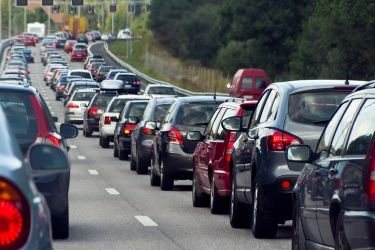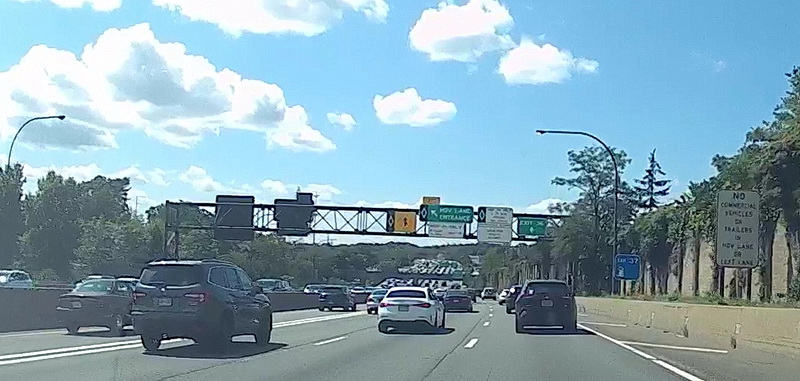
So you’re cruising along the Long Island Expressway at 55 MPH with no issues of traffic build-up, but you look ahead and start seeing those red backup lights in the foreground. What’s happening? A traffic jam for sure, but why? Let’s take a closer look at why these highways turn into parking lots, especially on the LIE.
- Traffic Volume: Highways can become congested when the number of vehicles on the road exceeds the road’s capacity. This often occurs during peak commuting hours when a large number of vehicles are trying to travel in the same direction simultaneously.
- Bottlenecks: Bottlenecks occur when the road’s capacity suddenly decreases due to factors like lane reductions, merging lanes, toll booths, or complex interchanges. These points can cause vehicles to slow down or stop, leading to congestion.
- Accidents and Incidents: Accidents, breakdowns, and other incidents on the highway can lead to lane closures or reduced speeds. This disrupts the flow of traffic and can cause congestion, especially if the incident is not promptly cleared.
- Driver Behavior: Aggressive driving, frequent lane changes, tailgating, and sudden braking can disrupt the smooth flow of traffic and create a stop-and-go pattern, contributing to congestion.
- Poor Weather Conditions: Adverse weather conditions such as rain, snow, fog, or ice can reduce visibility and road traction, leading to slower speeds and congestion.

Traffic Along the Long Island Expressway SMS © via Nexar Dashcam - Construction and Maintenance: Roadwork, construction zones, and maintenance activities often require lane closures or shifts, which can lead to congestion as traffic merges or slows down to navigate through the work zone.
- Inadequate Infrastructure: Poorly designed interchanges, insufficient entrance and exit ramps, and outdated road designs can lead to inefficient traffic flow and congestion.
- Rubbernecking: Drivers slowing down to look at accidents, emergency responders, or other incidents on the side of the road can cause a “rubbernecking” effect and lead to congestion.
- Inefficient Traffic Management: Inadequate traffic signal synchronization, lack of real-time traffic information, and ineffective lane management can contribute to congestion.
- Lack of Public Transportation: In areas with limited public transportation options, more people rely on personal vehicles, increasing traffic volume and congestion.
- Rush Hours: Concentrated traffic flow during peak commuting hours overwhelms the road’s capacity and leads to congestion.
- Special Events: Events such as concerts, sports games, or festivals can attract a large number of vehicles to a specific area, causing congestion.
Efforts to alleviate highway traffic buildup involve a combination of improving road infrastructure, implementing effective traffic management systems, promoting alternative transportation options, encouraging efficient driving behavior, and timely incident management.